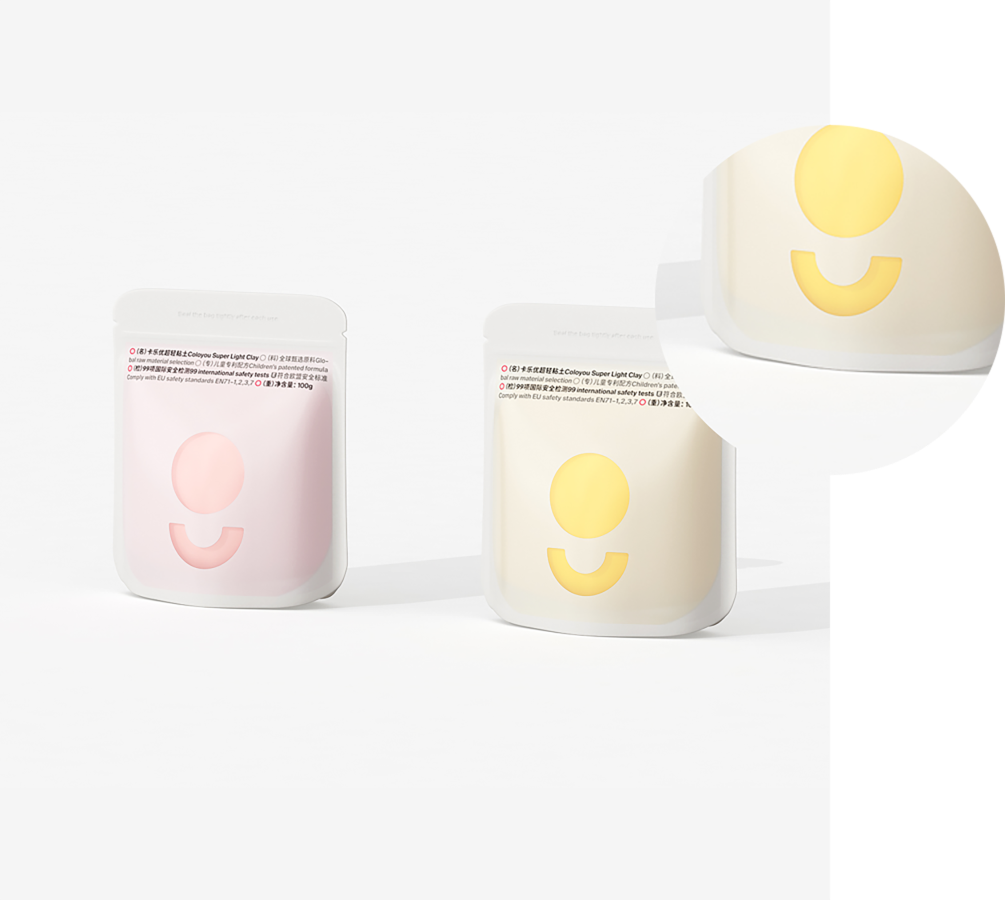- Afrikaans
- Albanian
- Amharic
- Arabic
- Armenian
- Azerbaijani
- Basque
- Belarusian
- Bengali
- Bosnian
- Bulgarian
- Catalan
- Cebuano
- chinese_simplified
- chinese_traditional
- Corsican
- Croatian
- Czech
- Danish
- Dutch
- English
- Esperanto
- Estonian
- Finnish
- French
- Frisian
- Galician
- Georgian
- German
- Greek
- Gujarati
- haitian_creole
- hausa
- hawaiian
- Hebrew
- Hindi
- Miao
- Hungarian
- Icelandic
- igbo
- Indonesian
- irish
- Italian
- Japanese
- Javanese
- Kannada
- kazakh
- Khmer
- Rwandese
- Korean
- Kurdish
- Kyrgyz
- Lao
- Latin
- Latvian
- Lithuanian
- Luxembourgish
- Macedonian
- Malgashi
- Malay
- Malayalam
- Maltese
- Maori
- Marathi
- Mongolian
- Myanmar
- Nepali
- Norwegian
- Norwegian
- Occitan
- Pashto
- Persian
- Polish
- Portuguese
- Punjabi
- Romanian
- Russian
- Samoan
- scottish-gaelic
- Serbian
- Sesotho
- Shona
- Sindhi
- Sinhala
- Slovak
- Slovenian
- Somali
- Spanish
- Sundanese
- Swahili
- Swedish
- Tagalog
- Tajik
- Tamil
- Tatar
- Telugu
- Thai
- Turkish
- Turkmen
- Ukrainian
- Urdu
- Uighur
- Uzbek
- Vietnamese
- Welsh
- Bantu
- Yiddish
- Yoruba
- Zulu
Understanding the Benefits and Uses of Corrugated Cardboard in Packaging Solutions
The Evolution and Importance of Corregated Cardboard
Corregated cardboard, often referred to as corrugated cardboard, has become an integral part of modern packaging and shipping methods. This versatile material, primarily composed of three layers of paper, is known for its exceptional strength, light weight, and adaptability, making it a staple in various industries. Understanding the evolution, applications, and environmental impact of corrugated cardboard reveals its significance in our daily lives.
Historical Background
The history of corrugated cardboard dates back to the 19th century. The material was first patented in 1856 and used primarily as a liner for tall hats. It wasn’t until 1871 that corrugated cardboard as we know it began to take shape when it was recognized for its ability to provide strength and structural integrity. The rise of the industrial revolution spurred its use in packaging, especially for shipping goods across long distances. The introduction of the first corrugated box in the late 1800s revolutionized the shipping and retail industries, providing a lightweight yet sturdy solution for transporting fragile items.
Structure and Design
The typical structure of corrugated cardboard consists of three layers the flat outer sheets, known as liners, and the wavy, fluted layer in between called the medium. This design not only contributes to its lightweight nature but also enhances its compressive strength. The fluted medium acts as a cushion, protecting the contents from damage during transit. Corrugated cardboard comes in various grades and thicknesses, allowing manufacturers to tailor it to specific needs, from shipping delicate electronics to packaging heavy appliances.
Applications Across Industries
corregated cardboard

The applications of corrugated cardboard are vast and diverse. In retail, corrugated cardboard boxes are commonly used for packaging products due to their affordability and customization options. They serve as a branding platform; companies can print logos, images, and product information directly on the boxes, enhancing marketing efforts.
In the food industry, corrugated cardboard is favored for its safety and hygiene properties. It is often used to transport perishable goods like fruits, vegetables, and packaged foods while providing breathability and moisture control. Additionally, the e-commerce boom has significantly increased the demand for corrugated cardboard packaging. As more consumers turn to online shopping, businesses rely on this material to ensure the safe delivery of products to customers' doorsteps.
Environmental Considerations
Despite its many advantages, the increasing use of corrugated cardboard raises questions about environmental sustainability. Fortunately, corrugated cardboard has an inherent eco-friendly advantage. It is made from renewable resources and is highly recyclable. Paper mills can recycle used corrugated cardboard to produce new paper products, reducing waste and conserving natural resources.
Many companies are taking steps to enhance sustainability in their packaging processes. Innovations such as biodegradable coatings and reducing the use of plastics in packaging demonstrate a commitment to environmental responsibility. Additionally, consumers are becoming more conscious of their purchasing decisions, favoring brands that prioritize sustainable practices.
Conclusion
In conclusion, corrugated cardboard has come a long way since its inception in the 19th century. Its unique properties make it an indispensable material in various sectors, from retail and food to e-commerce and logistics. As we continue to advance technologically and environmentally, the role of corrugated cardboard is likely to evolve further. By embracing sustainable practices and innovative designs, we can ensure that this remarkable material not only meets our packaging needs but also contributes positively to the planet. The future of corrugated cardboard is bright, aligning with a growing global focus on sustainability and efficient resource use, making it a vital component of our economy.













